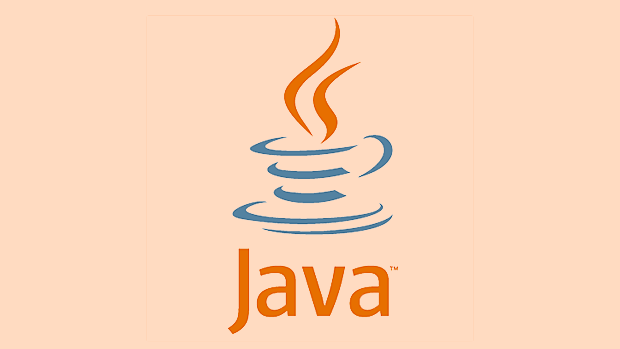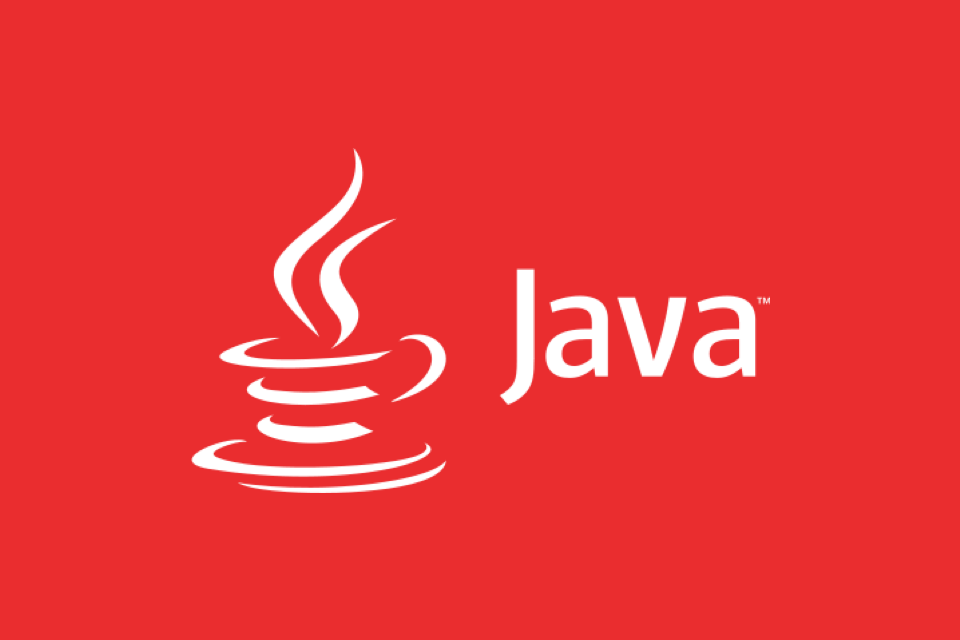How to set up a CI/CD pipeline for a Java project?
Jul 14, 2025 am 02:55 AMTo set up a CI/CD pipeline for a Java project, choose tools like Git, Maven or Gradle, and GitHub Actions, define a branch strategy with main and develop branches, configure CI to build and test using automation, and implement CD for deployment via SSH or Docker. 1. Choose Git, Maven/Gradle, Jenkins/GitHub Actions, JUnit, and optionally Docker. 2. Use Git with main, develop, and feature branches. 3. Configure CI to checkout code, install dependencies, build, and run tests. 4. Automate deployment through SSH or containerization with Docker. 5. Secure secrets, consider advanced deployment strategies, and monitor deployments.

Setting up a CI/CD pipeline for a Java project is a solid way to automate testing, building, and deployment. It helps reduce manual errors, speeds up development cycles, and keeps your codebase stable.

Here’s how to do it without overcomplicating things.
Choose Your Tools
The first step is picking the right tools for your pipeline. Most Java teams use:

- Git (or GitHub/GitLab) for version control
- Maven or Gradle as the build tool
- Jenkins, GitHub Actions, or GitLab CI for automation
- A testing framework like JUnit
- A container platform like Docker (optional but recommended)
You don’t need all of them, but having a clear stack makes setup smoother. If you're just starting, GitHub Actions is a good pick because it integrates well with GitHub repositories and doesn’t require managing a separate server.
Set Up Version Control and Branch Strategy
Before diving into automation, make sure your project is in a Git repository. Then define a branch strategy — most teams go with something like:

-
mainormasterfor production-ready code -
developfor ongoing development - Feature branches for individual changes
This structure makes it easier to trigger automated builds only when needed — for example, run tests on every pull request and deploy only when merging into main.
Also, make sure your .gitignore includes build artifacts, IDE files, and local config so you don’t accidentally commit unnecessary stuff.
Configure the CI Part: Build and Test
CI (Continuous Integration) usually starts by checking out the code, installing dependencies, building the project, and running tests.
If you’re using Maven, your CI config might look like this (in GitHub Actions):
jobs:
build:
runs-on: ubuntu-latest
steps:
- uses: actions/checkout@v3
- name: Set up JDK
uses: actions/setup-java@v3
with:
java-version: '17'
distribution: 'adopt'
- name: Build with Maven
run: mvn clean packageThis will compile your code, run unit tests, and create a JAR file. If any test fails, the pipeline stops — which is exactly what you want.
A few tips:
- Make sure your tests are fast and reliable.
- Use caching for dependencies if supported (like
~/.m2/repositoryfor Maven). - Run static analysis or code quality checks here too if possible.
Add CD: Automate Deployment
Once the build passes, it’s time to deploy. CD (Continuous Delivery/Deployment) can be as simple as copying a JAR to a server or as complex as pushing a Docker image to a registry and triggering a Kubernetes rollout.
For basic deployments, you can use SSH or SCP commands from your pipeline to copy and restart your app:
scp target/myapp.jar user@server:/opt/app/ ssh user@server "systemctl restart myapp"
But for better scalability and isolation, consider packaging your app into a Docker image and deploying it with tools like Helm or ArgoCD.
Some key points:
- Keep secrets (like SSH keys or API tokens) secure — never hardcode them in config files.
- Consider rolling updates or blue-green deployments to avoid downtime.
- Monitor your deployments — especially if they fail silently.
Final Notes
That's basically it. Once everything is wired up, every push to your repo can kick off a chain of automated steps that ensure your app stays healthy and deployable.
It might take some trial and error to get the config right, especially around environment variables and permissions, but once it works, it saves a ton of time in the long run.
The above is the detailed content of How to set up a CI/CD pipeline for a Java project?. For more information, please follow other related articles on the PHP Chinese website!

Hot AI Tools

Undress AI Tool
Undress images for free

Undresser.AI Undress
AI-powered app for creating realistic nude photos

AI Clothes Remover
Online AI tool for removing clothes from photos.

Clothoff.io
AI clothes remover

Video Face Swap
Swap faces in any video effortlessly with our completely free AI face swap tool!

Hot Article

Hot Tools

Notepad++7.3.1
Easy-to-use and free code editor

SublimeText3 Chinese version
Chinese version, very easy to use

Zend Studio 13.0.1
Powerful PHP integrated development environment

Dreamweaver CS6
Visual web development tools

SublimeText3 Mac version
God-level code editing software (SublimeText3)

Hot Topics
 How to iterate over a Map in Java?
Jul 13, 2025 am 02:54 AM
How to iterate over a Map in Java?
Jul 13, 2025 am 02:54 AM
There are three common methods to traverse Map in Java: 1. Use entrySet to obtain keys and values at the same time, which is suitable for most scenarios; 2. Use keySet or values to traverse keys or values respectively; 3. Use Java8's forEach to simplify the code structure. entrySet returns a Set set containing all key-value pairs, and each loop gets the Map.Entry object, suitable for frequent access to keys and values; if only keys or values are required, you can call keySet() or values() respectively, or you can get the value through map.get(key) when traversing the keys; Java 8 can use forEach((key,value)->
 Comparable vs Comparator in Java
Jul 13, 2025 am 02:31 AM
Comparable vs Comparator in Java
Jul 13, 2025 am 02:31 AM
In Java, Comparable is used to define default sorting rules internally, and Comparator is used to define multiple sorting logic externally. 1.Comparable is an interface implemented by the class itself. It defines the natural order by rewriting the compareTo() method. It is suitable for classes with fixed and most commonly used sorting methods, such as String or Integer. 2. Comparator is an externally defined functional interface, implemented through the compare() method, suitable for situations where multiple sorting methods are required for the same class, the class source code cannot be modified, or the sorting logic is often changed. The difference between the two is that Comparable can only define a sorting logic and needs to modify the class itself, while Compar
 How to handle character encoding issues in Java?
Jul 13, 2025 am 02:46 AM
How to handle character encoding issues in Java?
Jul 13, 2025 am 02:46 AM
To deal with character encoding problems in Java, the key is to clearly specify the encoding used at each step. 1. Always specify encoding when reading and writing text, use InputStreamReader and OutputStreamWriter and pass in an explicit character set to avoid relying on system default encoding. 2. Make sure both ends are consistent when processing strings on the network boundary, set the correct Content-Type header and explicitly specify the encoding with the library. 3. Use String.getBytes() and newString(byte[]) with caution, and always manually specify StandardCharsets.UTF_8 to avoid data corruption caused by platform differences. In short, by
 Using std::chrono in C
Jul 15, 2025 am 01:30 AM
Using std::chrono in C
Jul 15, 2025 am 01:30 AM
std::chrono is used in C to process time, including obtaining the current time, measuring execution time, operation time point and duration, and formatting analysis time. 1. Use std::chrono::system_clock::now() to obtain the current time, which can be converted into a readable string, but the system clock may not be monotonous; 2. Use std::chrono::steady_clock to measure the execution time to ensure monotony, and convert it into milliseconds, seconds and other units through duration_cast; 3. Time point (time_point) and duration (duration) can be interoperable, but attention should be paid to unit compatibility and clock epoch (epoch)
 How does a HashMap work internally in Java?
Jul 15, 2025 am 03:10 AM
How does a HashMap work internally in Java?
Jul 15, 2025 am 03:10 AM
HashMap implements key-value pair storage through hash tables in Java, and its core lies in quickly positioning data locations. 1. First use the hashCode() method of the key to generate a hash value and convert it into an array index through bit operations; 2. Different objects may generate the same hash value, resulting in conflicts. At this time, the node is mounted in the form of a linked list. After JDK8, the linked list is too long (default length 8) and it will be converted to a red and black tree to improve efficiency; 3. When using a custom class as a key, the equals() and hashCode() methods must be rewritten; 4. HashMap dynamically expands capacity. When the number of elements exceeds the capacity and multiplies by the load factor (default 0.75), expand and rehash; 5. HashMap is not thread-safe, and Concu should be used in multithreaded
 JavaScript Data Types: Primitive vs Reference
Jul 13, 2025 am 02:43 AM
JavaScript Data Types: Primitive vs Reference
Jul 13, 2025 am 02:43 AM
JavaScript data types are divided into primitive types and reference types. Primitive types include string, number, boolean, null, undefined, and symbol. The values are immutable and copies are copied when assigning values, so they do not affect each other; reference types such as objects, arrays and functions store memory addresses, and variables pointing to the same object will affect each other. Typeof and instanceof can be used to determine types, but pay attention to the historical issues of typeofnull. Understanding these two types of differences can help write more stable and reliable code.
 What is the 'static' keyword in Java?
Jul 13, 2025 am 02:51 AM
What is the 'static' keyword in Java?
Jul 13, 2025 am 02:51 AM
InJava,thestatickeywordmeansamemberbelongstotheclassitself,nottoinstances.Staticvariablesaresharedacrossallinstancesandaccessedwithoutobjectcreation,usefulforglobaltrackingorconstants.Staticmethodsoperateattheclasslevel,cannotaccessnon-staticmembers,
 What is a ReentrantLock in Java?
Jul 13, 2025 am 02:14 AM
What is a ReentrantLock in Java?
Jul 13, 2025 am 02:14 AM
ReentrantLock provides more flexible thread control in Java than synchronized. 1. It supports non-blocking acquisition locks (tryLock()), lock acquisition with timeout (tryLock(longtimeout, TimeUnitunit)) and interruptible wait locks; 2. Allows fair locks to avoid thread hunger; 3. Supports multiple condition variables to achieve a more refined wait/notification mechanism; 4. Need to manually release the lock, unlock() must be called in finally blocks to avoid resource leakage; 5. It is suitable for scenarios that require advanced synchronization control, such as custom synchronization tools or complex concurrent structures, but synchro is still recommended for simple mutual exclusion requirements.






